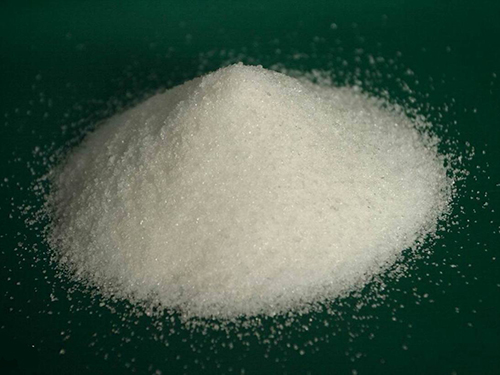Application of Poly Aluminium Chloride in Municipal Wastewater Treatment Processes
Poly Aluminium Chloride in Wastewater Treatment
Wastewater treatment is a crucial process for maintaining environmental sustainability and public health, especially in light of increasing urbanization and industrialization. Among the various chemical coagulants used in this process, Poly Aluminium Chloride (PAC) has gained popularity due to its effectiveness and versatility. This article explores the properties, mechanisms, and advantages of using PAC in wastewater treatment.
Properties of Poly Aluminium Chloride
Poly Aluminium Chloride is a versatile inorganic polymer formed by the hydrolysis of aluminum chloride in water. It is typically available in the form of a yellowish powder or liquid and can be produced in a range of basicities. The basicity of PAC refers to the ratio of aluminum hydroxide to aluminum ions in the compound, which affects its coagulation properties. Higher basicity PAC tends to be more effective for turbidity removal, making it suitable for various wastewater applications.
Mechanisms of Action
The effectiveness of PAC in wastewater treatment is largely attributed to its excellent coagulation and flocculation properties. Coagulation is the process where small particles come together to form larger aggregates, or flocs, which can be more easily removed from water. PAC achieves this through several mechanisms
1. Charge Neutralization Most suspended particles in wastewater carry a negative charge, making them repel each other and preventing aggregation. PAC, which has a positive charge, neutralizes the negative charges on these particles, allowing them to come together and form larger flocs.
2. Bridge Formation The polymeric nature of PAC contributes to its ability to act as a bridging agent. The long chains of molecules can link multiple particles, enhancing floc formation and stability.
3. adsorption The molecular structure of PAC allows it to adsorb onto the surface of particles, further aiding in their aggregation and facilitating the removal of impurities from the water.
These mechanisms collectively result in more efficient removal of suspended solids, turbidity, and colloidal matter in water, making PAC a valuable agent in wastewater treatment
.poly aluminium chloride in wastewater treatment

Advantages of Using PAC
The use of Poly Aluminium Chloride in wastewater treatment offers several advantages over traditional coagulants like aluminum sulfate
1. Efficiency PAC generally requires lower dosages than aluminum sulfate to achieve similar or better results. This can lead to reduced chemical costs and lower sludge production, which is vital for effective waste management.
2. Broader pH Range PAC performs efficiently across a wider pH range, making it suitable for diverse wastewater compositions. This adaptability is particularly beneficial in treating industrial discharges, which often exhibit variable pH levels.
3. Lower Residual Aluminum PAC treatment results in lower residual aluminum content in treated water compared to traditional methods. This is an important consideration for applications involving drinking water treatment, where aluminum levels must be monitored to ensure safety.
4. Improved Settling Rates Wastewater treated with PAC exhibits improved settling characteristics, leading to faster separation of solids from liquids. This can enhance the overall efficiency of treatment processes and reduce the footprint of treatment facilities.
5. Compatibility with Other Chemicals PAC can be used in conjunction with other treatment chemicals, allowing for tailored treatment schemes to optimize removal efficiencies based on specific wastewater characteristics.
Conclusion
In conclusion, Poly Aluminium Chloride is an effective and efficient coagulant for wastewater treatment processes. Its unique properties, mechanisms, and advantages make it an attractive alternative to traditional chemicals, especially in an era where environmental regulations are becoming stringent. As the demands on wastewater treatment facilities continue to evolve, the incorporation of PAC could play a fundamental role in development of sustainable practices that protect our water resources and contribute to a cleaner, healthier planet. Whether it is for municipal wastewater or industrial effluents, PAC stands out as a key player in the quest for effective water purification and environmental stewardship.
-
lk-319-special-scale-and-corrosion-inhibitor-for-steel-plants-advanced-solutions-for-industrial-water-systemsNewsAug.22,2025
-
flocculant-water-treatment-essential-chemical-solutions-for-purification-processesNewsAug.22,2025
-
isothiazolinones-versatile-microbial-control-agents-for-industrial-and-consumer-applicationsNewsAug.22,2025
-
scale-inhibitor-key-solutions-for-water-system-scale-preventionNewsAug.22,2025
-
organophosphonates-versatile-scale-inhibitors-for-industrial-water-systemsNewsAug.22,2025
-
scale-and-corrosion-inhibitor-essential-chemical-solutions-for-water-system-maintenanceNewsAug.22,2025





